11 Foods That Just Taste Better From the Deli Counter
It’s easy to believe that with enough effort, the homemade version will always be better. But some foods just don’t deliver the same payoff outside the deli case. Delis have the prep space, ingredient access, and seasoning habits that shape flavor and texture in ways hard to recreate in your own kitchen.
And sometimes, letting someone else handle the slicing, boiling, or layering makes all the difference in how the final dish tastes. Here are some foods that consistently taste better when you get them at the deli.
Tuna Salad

Credit: pexels
When made in large batches, deli tuna salad gets time to rest, which allows the dressing and spices to fully absorb. That short chill period smooths out the flavor and improves the consistency. You won’t find the uneven chunks or watery bits that happen at home. Some delis mix in finely chopped celery, a touch of mustard, or high-quality mayo to round out the taste.
Egg Salad
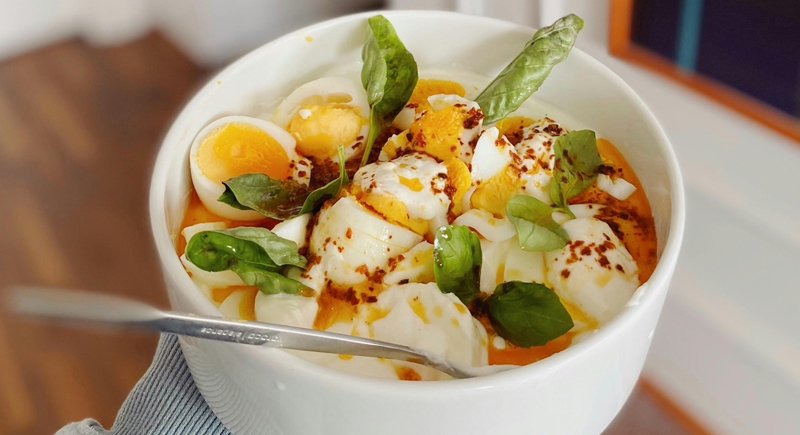
Credit: pexels
You can follow every recipe exactly and still end up with chalky yolks or mushy whites. Perfect egg salad depends on properly boiled eggs, and delis rarely miss. Their batches are cooked just long enough to keep their shape and not a second more. The final mix doesn’t feel pasty or overloaded with mayo.
Coleslaw
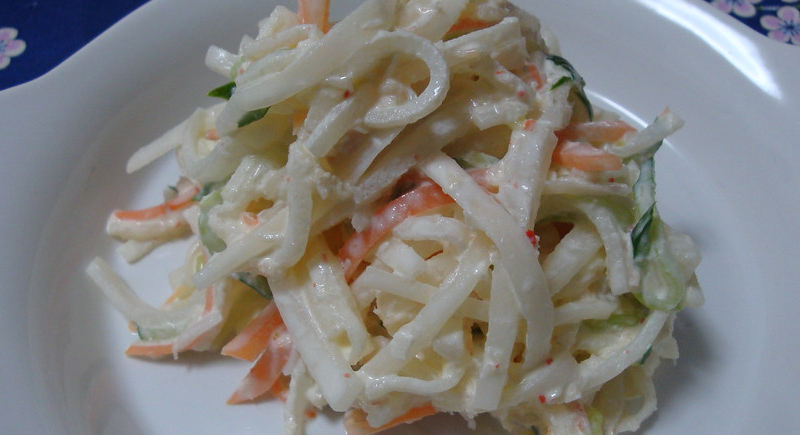
Credit: flickr
Homemade coleslaw turns soft within an hour and starts to pool liquid at the bottom. On the other hand, deli coleslaw keeps its crunch because the workers salt the cabbage first to draw out moisture before dressing it. This step prevents soggy, bland results and gives the salad structure.
Deli Meats
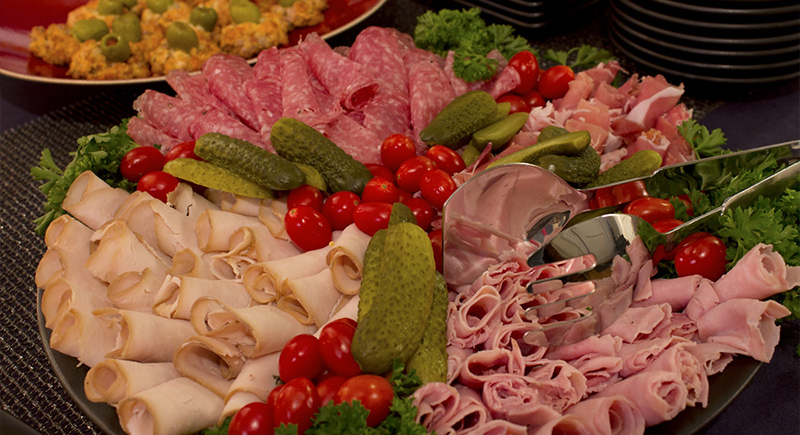
Credit: flickr
Deli pastrami, corned beef, and roast beef are cured, smoked, and sliced in ways that take time and skill. Deli brisket, too, gets brined for days in a seasoned saltwater solution, then coated in a crust of spices like coriander and black pepper. After that, it’s smoked low and slow until tender, then steamed to loosen the fibers before slicing. This process is incredibly hard to replicate at home.
Pasta Salad

Credit: flickr
Most deli pasta salads don’t use freshly cooked pasta, and that’s the point. Pasta that’s cooled and dressed while still warm absorbs flavor better and holds its texture. Delis also choose shapes that trap dressing, like rotini or fusilli, and keep add-ins simple but bold. Homemade versions often skip the resting period, which leaves the salad tasting raw or flat.
Pickles
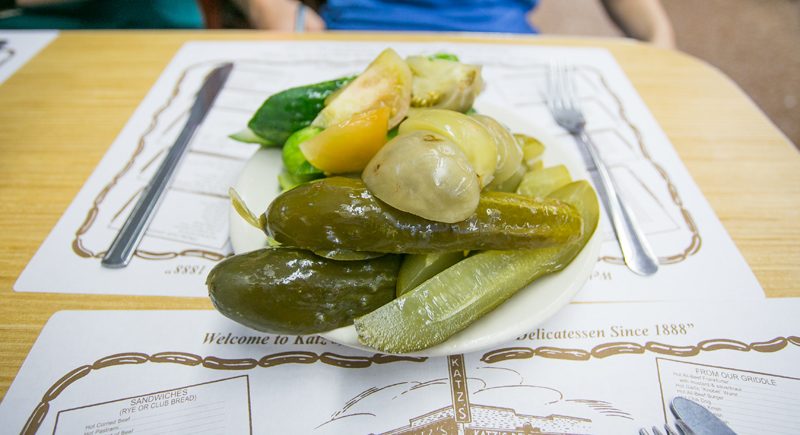
Credit: Wikimedia Commons
Lacto-fermentation gives deli pickles their sharp bite and crisp interior. This process doesn’t rely on vinegar. Instead, the cucumbers sit in a salty brine filled with garlic, dill, and spices for days or weeks. The result is tangy and firm without that overwhelming sourness.
Rye Bread
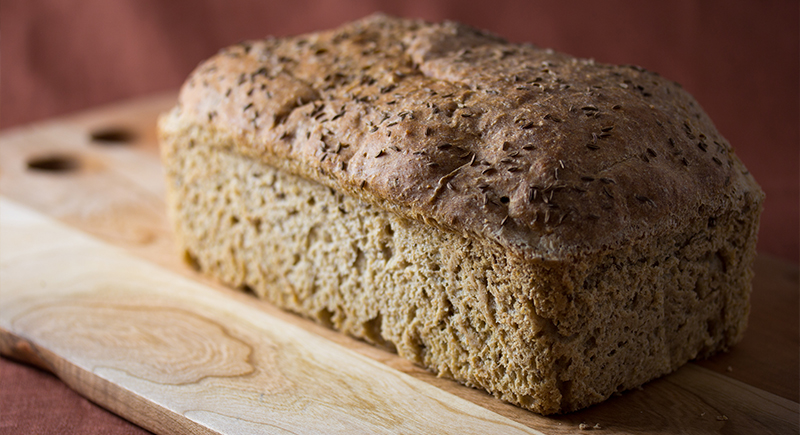
Credit: Wikimedia Commons
Good rye bread needs time. That means slow fermentation, the right mix of flours, and often caraway seeds for flavor. Delis that bake rye deliver a loaf with chew and bite. It doesn’t fold under a stack of corned beef or go soggy under mustard.
Sandwiches
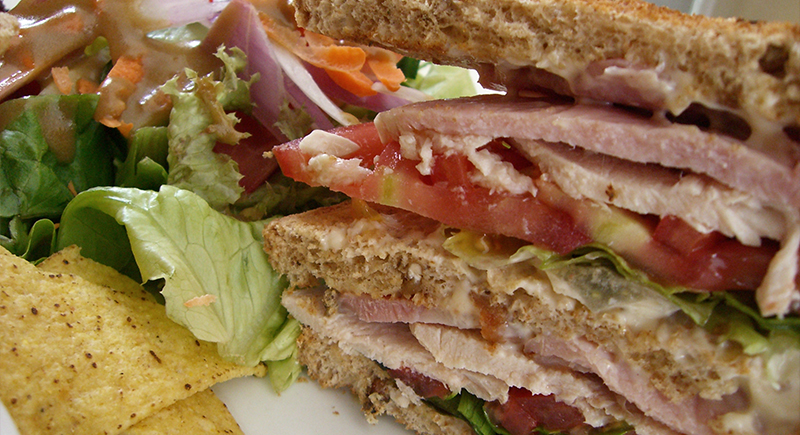
Credit: Wikimedia Commons
At home, sandwiches often end up uneven, with fillings sliding out or flavors that don’t come together. Condiments, too, get spread in the center. However, deli sandwiches rely on balance. Filling is layered evenly, bread is sturdy enough to carry everything, and vegetables are seasoned before they go in.
Bagels
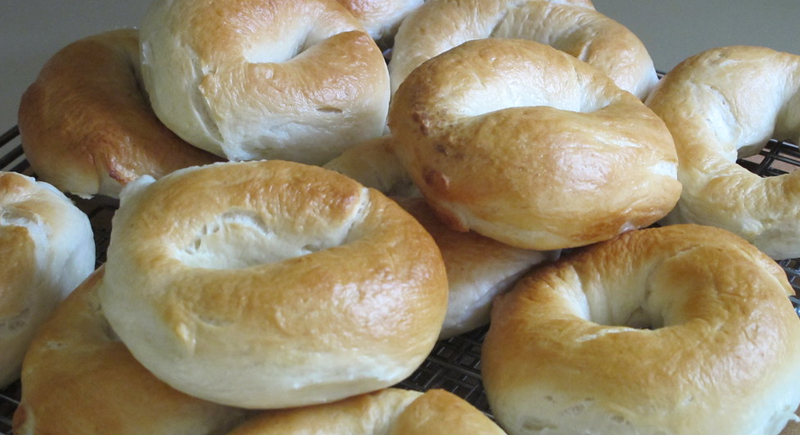
Credit: flickr
Commercial delis rely on bagels made through traditional methods: boiled, baked, and fermented over time. Many also work directly with local bakeries that specialize in bagels. Texture matters more than toppings here. Meanwhile, home versions skip the boil or rely on soft doughs, which leads to bread that tastes closer to rolls.
Chicken Salad

Credit: Wikimedia Commons
Poached chicken forms the base of a well-made deli chicken salad. The meat is cooled and chopped evenly, then mixed with just a few ingredients—usually celery, onion, and a smooth, neutral mayo. That’s a simple secret not known to many home cooks.
Noodle Kugel
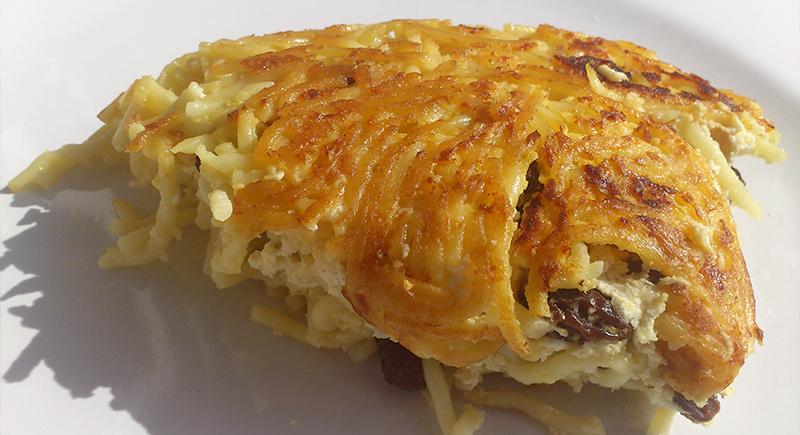
Credit: Wikimedia Commons
Deli kugel tastes smoother than homemade versions because it is baked in large trays that cook evenly. Some use farmer’s cheese instead of cottage cheese, which creates a creamier composition. They might even source higher-quality raisins or use real vanilla to give you a clean slice.
Potato Pancakes
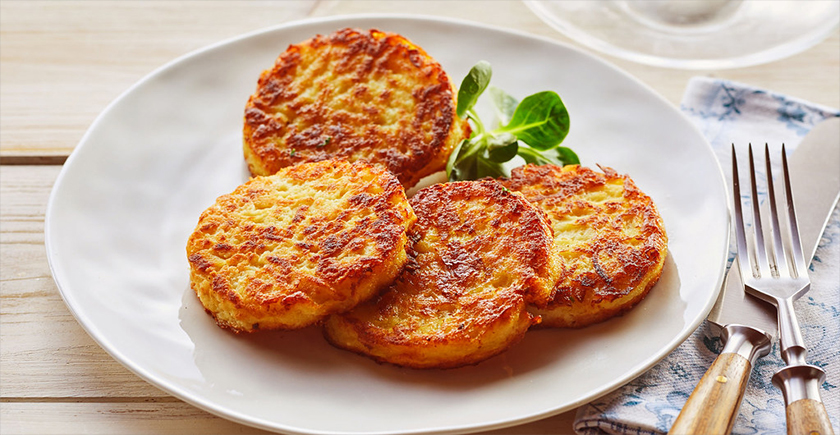
Credit: flickr
Keeping oil at the right temperature is harder than it looks. Professionals use fryers that maintain heat consistently, so their latkes come out golden and crisp. Grated potatoes are squeezed dry and lightly seasoned before hitting the oil, so you get firmness without sogginess. On the stovetop at home, it’s easy to overcrowd the pan or fry at the wrong heat.
Whitefish Salad

Credit: Wikimedia Commons
Not every deli offers whitefish salad, but when they do, it’s usually made with fresh smoked whitefish and a mix of mayo, lemon juice, and dill. The fish brings a deep, oily flavor that holds up against creamy dressing. Unlike tuna, which is more neutral, whitefish adds a smoky element.
Potato Salad
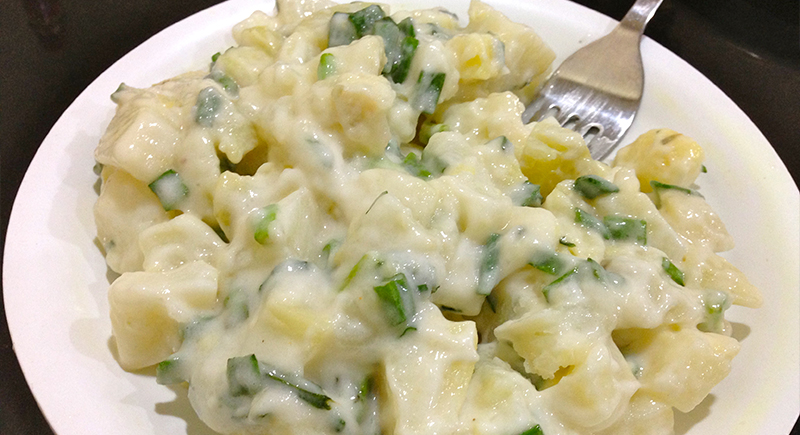
Credit: Wikimedia Commons
Potatoes need to be seasoned while warm, so they absorb flavor before cooling. That’s standard practice in most delis, but sometimes missed when you’re doing the cooking yourself. This is why delis use consistently sized cuts, better-quality dressing, and give the dish a rest before serving.
Cheese
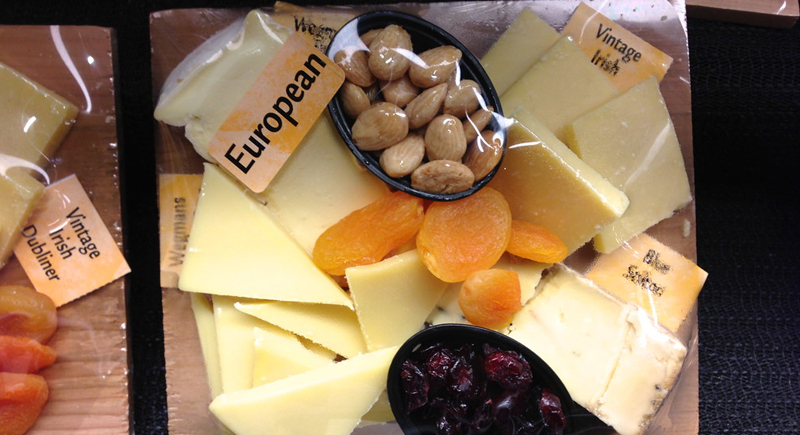
Credit: flickr
Prepackaged cheese slices contain additives to preserve shelf life or prevent sticking, but those come at the cost of taste. Deli cheese gets sliced to order, which means the edges stay clean and soft. It also tends to contain fewer ingredients, since it isn’t made to last weeks in plastic.